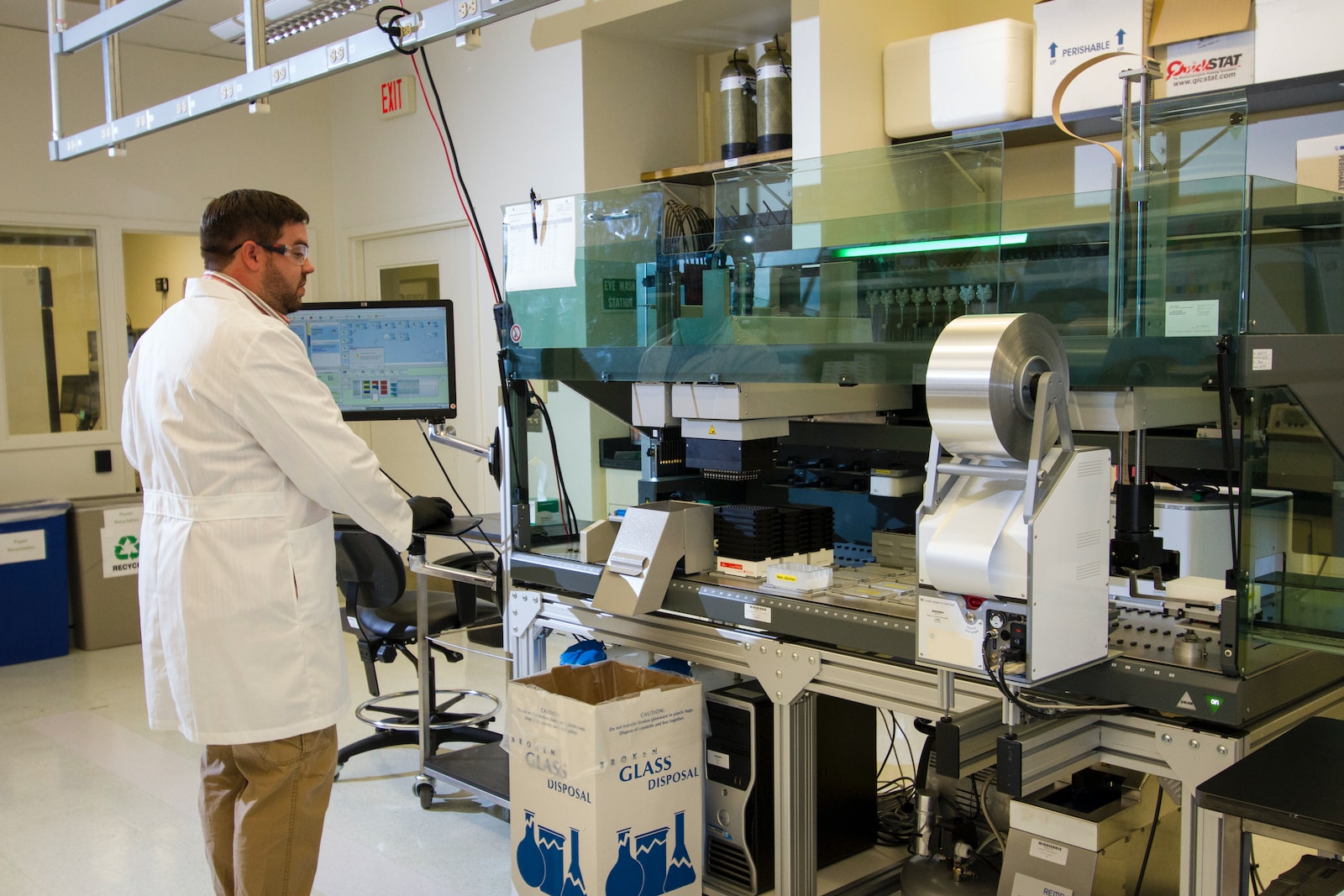Last Updated on: 22nd November 2023, 10:34 am
When it comes to developing products that truly resonate with consumers, there’s no substitute for real-world testing. In-home product testing has emerged as a valuable methodology for companies to gather authentic insights, refine their designs, and ultimately create products that align with users’ needs and preferences. This article delves into the art of effective in-home product testing, exploring the strategies, benefits, and key considerations that contribute to successful testing campaigns.
Understanding In-Home Product Testing
In-home product testing involves placing prototypes or pre-production units directly into the hands of consumers within their natural living environments. This methodology goes beyond controlled lab environments by allowing products to be used in the context they were intended for. Whether it’s a new kitchen appliance, a wearable fitness device, or a smart home gadget, in-home testing provides a unique opportunity to observe how products fit into users’ daily lives.
The Importance of Real-World Context
One of the primary advantages of in-home product testing is that it captures the product-user interaction in its true context. Products can behave differently in controlled lab environments compared to real homes. Factors like lighting, humidity, and user behaviors all play a role in shaping the user experience. In-home testing uncovers how products perform in varying conditions, providing valuable insights for product refinement.
Designing an Effective In-Home Testing Campaign
To effectively run an in-home testing campaign, it’s essential to carefully plan and execute each step of the process. Start by outlining your objectives to determine what you hope to learn from the testing, such as usability, durability, or specific features. Carefully select participants who represent your target demographic, taking into account factors like age, location, lifestyle, and prior product usage. Ensure that the prototypes provided are functional and closely resemble the final product. Design test scenarios that align with your objectives, giving participants guidelines while allowing them to interact naturally with the product. Utilize a variety of feedback collection methods, such as surveys, interviews, and video documentation, capturing both quantitative data and qualitative insights. Finally, analyze the collected data to identify trends and common issues that can guide future product improvements.
Benefits of In-Home Product Testing
In-home testing products offer valuable real-world insights, allowing for user-centric enhancements and uncovering challenges and opportunities that may not appear in a controlled setting. By detecting issues early on, this method minimizes expensive redesigns and potential recalls after product launches. Furthermore, in-home testing empowers participants by incorporating their opinions into the development process, fostering a sense of ownership and brand loyalty. This approach also helps refine a product’s usability by illuminating its intuitiveness and ensuring a seamless user experience. Additionally, positive feedback serves as strong marketing collateral, validating the product’s success among real users.
Challenges and Considerations
In-home product testing presents a variety of obstacles, such as variability in participant environments, which necessitates meticulous data analysis to derive valuable insights. Additionally, participant opinions may be swayed by personal biases and preferences; however, maintaining a diverse group of participants can help combat this issue. The process of collecting, organizing, and analyzing data from multiple sources can be intricate, but utilizing technology and tools specifically designed for data collection can simplify the procedure. Furthermore, it is essential to address privacy concerns and ensure data security as products are being tested within the homes of participants.
In-home product testing offers a window into the real lives of consumers, providing invaluable insights for product refinement. By understanding the context in which products are used, companies can create more relevant, user-centric, and successful products. With careful planning, thoughtful execution, and a commitment to analyzing feedback, businesses can harness the art of effective in-home product testing to drive innovation and create products that truly resonate with their target audience.








